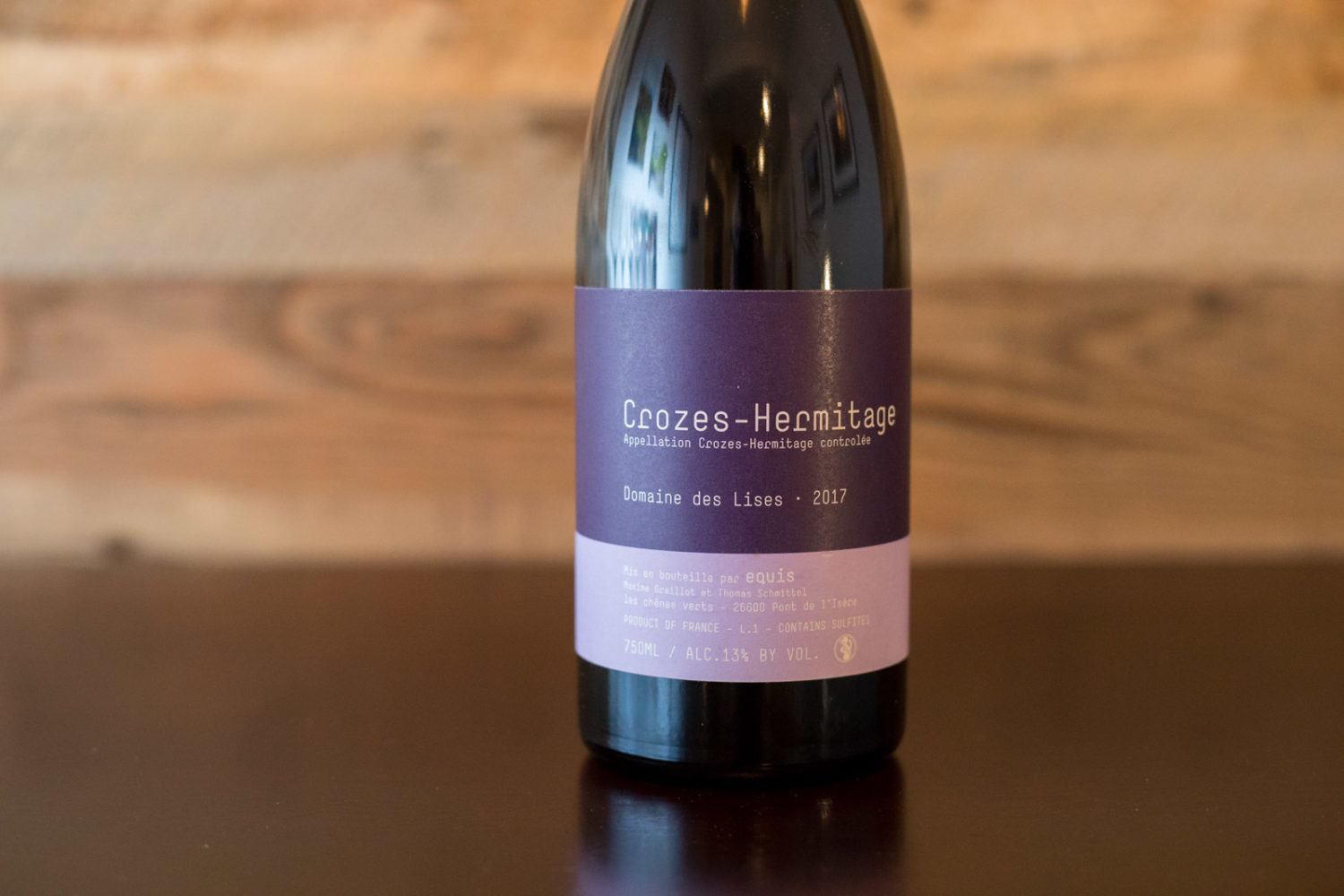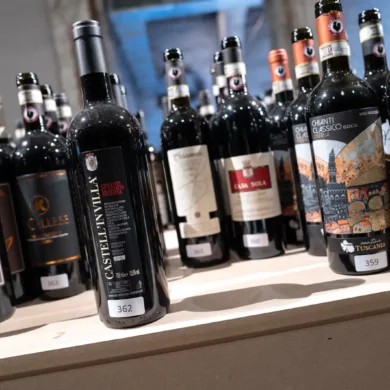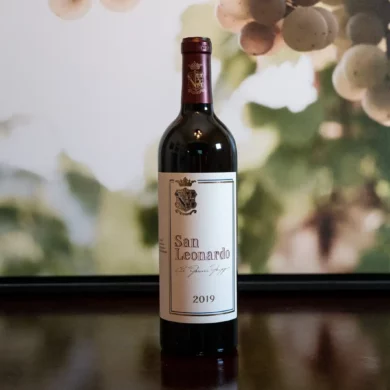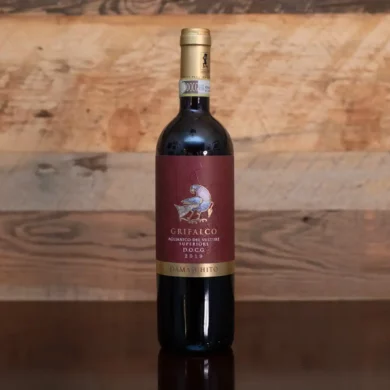A few years ago, I visited Château du Moulin-à-Vent in the heart of the Beaujolais Cru. After lunch, the proprietor, Edouard Parinet, presented a blind tasting of three wines. I was sure that the tasting was a demonstration of the Gamay grape’s varied expression amidst the different cru villages of Beaujolais. I was convinced that the Moulin-à-Vent was served third, as the most concentrated and intense, and I was right. But as for the other two, I was totally off: the first was Gevrey-Chambertin from north in Burgundy (therefore, Pinot Noir) and a Côte Rôtie from south along the Rhône (and therefore, mostly Syrah).
I’ve relayed this story before (and perhaps it is only mildly interesting), but I was reminded of it recently while drinking a stunning wine from Maxime Graillot. With its allusions to earth and smoke, as well as jolly berry fruit, his 2017 Crozes-Hermitage called “Equis” from Domaine des Lises — a Syrah — reminded very much me of Burgundy or non-carbonic Morgon or Moulin-à-Vent. The finish lingered on rocky terrain: that inviting, mysterious trait that wine people often just call “minerality.”
I do not drink wines blind nearly enough, but I know I would have been fooled by this wine’s origin. Am I alone in this? Read any literature on red Burgundy, Cru Beaujolais and Northern Rhône Syrah and they are always discussed as separate entities. In some sense, this is rightly so: different grapes, different histories, different terroir. But in the glass, the lines can seem very blurry. Perhaps its the ethos of winemakers from this region, that stylistically draws them together. Or maybe — as my peer Zachary Sussman pointed out, when we discussed this on twitter — the black-tea and peppery tones given off by whole-cluster fermentation are the common denominator. This technique is sometimes adopted in all three regions, and in Maxime Graillot’s case, the wine is only 80% destemmed, so that could be.
But there is something else that seems somewhat mystical about their similarities, which can’t fully be explained by any soil similarities, grape lineage or weather pattern. That’s the beauty of studying wine: it will always offer up endless mystery.
Regardless, this just underscores how demanding French wines are on consumers who are looking to match a red wine to a certain mood. (After all, whole-cluster technique and even the grape type is rarely on the label — something I once found charming, but now think is holding French wine back). It is so easy to think that Burgundy equals finesse, Cru Beaujolais equals fruit, and Northern Rhône equals power. But how often are we led astray by this formula? Given the soaring prices of all three regions, and the fact that many consumers today are drinking at home without the aid of a sommelier at a restaurant, the least the industry could do is provide more information right there on the bottle. I would personally prioritize wines with some whole-cluster fermentation just because I love that touch of tea and that natural woodiness that has nothing to do with oak.
I’ll save this rant for another time. In the mean time, seek out this wine. It’ll make at least one of your days under quarantine a little jollier.
2017 Maxime Graillot “Equis” Domaine des Lises Crozes-Hermitage
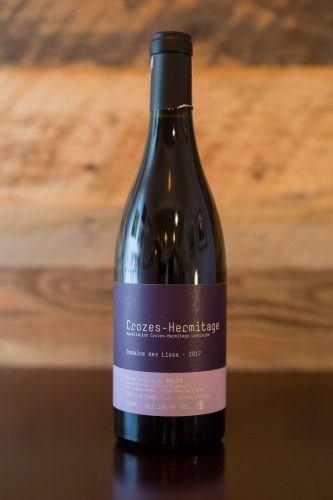 Crozes-Hermitage AOC (Northern Rhône)
Crozes-Hermitage AOC (Northern Rhône)
Grapes: Syrah (100%)
Opinion: ★★★★★ (out of five)
Food-friendliness: Impeccable
Value: Excellent
Review: Maxime Graillot is the son of Alain Graillot, one of the more esteemed winemakers in the Northern Rhône. He created his own domaine in 2004, purchasing vineyards near his father’s. This wine is “lights out” delicious: fruity, floral, fun and compelling throughout. On the nose, it is suggestive of crunchy purple- and black-toned berries, violets, black tea and smoke. While it is one of the fruitiest French Syrah I’ve ever had, it’s complexity shows in the form of savory notes, graceful acidity, and semi-coarse tannins that provide the right amount of grip. The finish is full and plush.
Serving suggestion: Summer barbecues.
Note: This wine was provided as a sample by Europvin. Learn more about our editorial policy.

